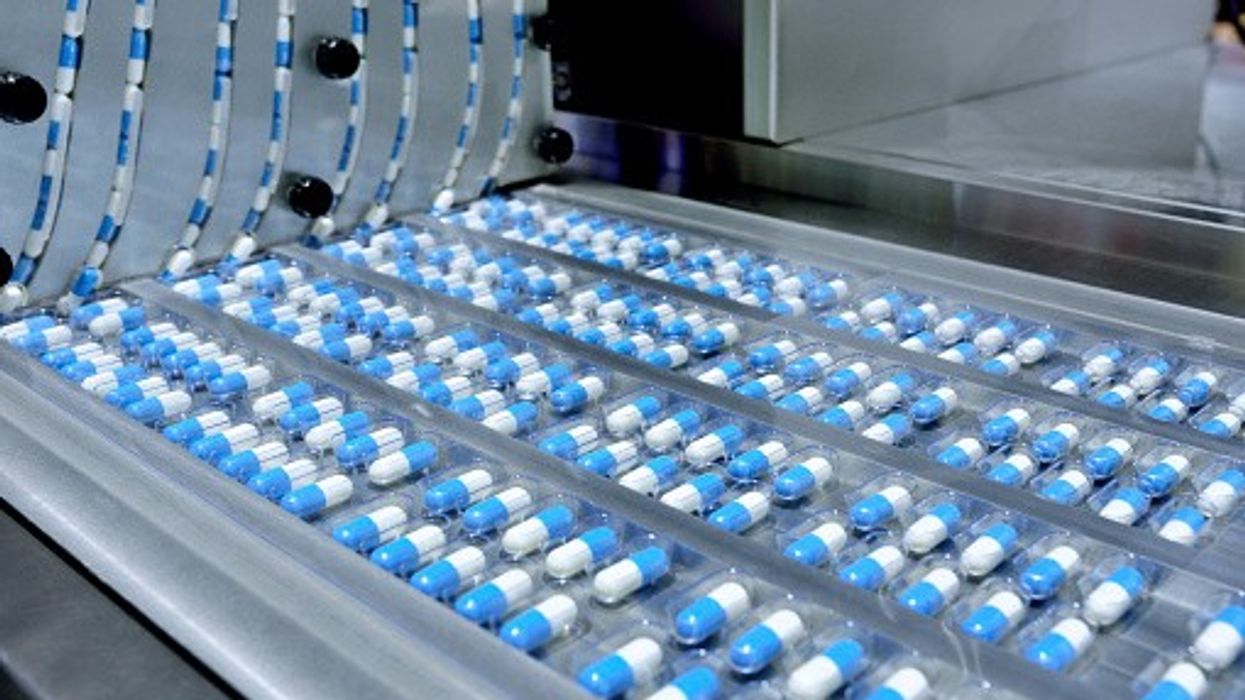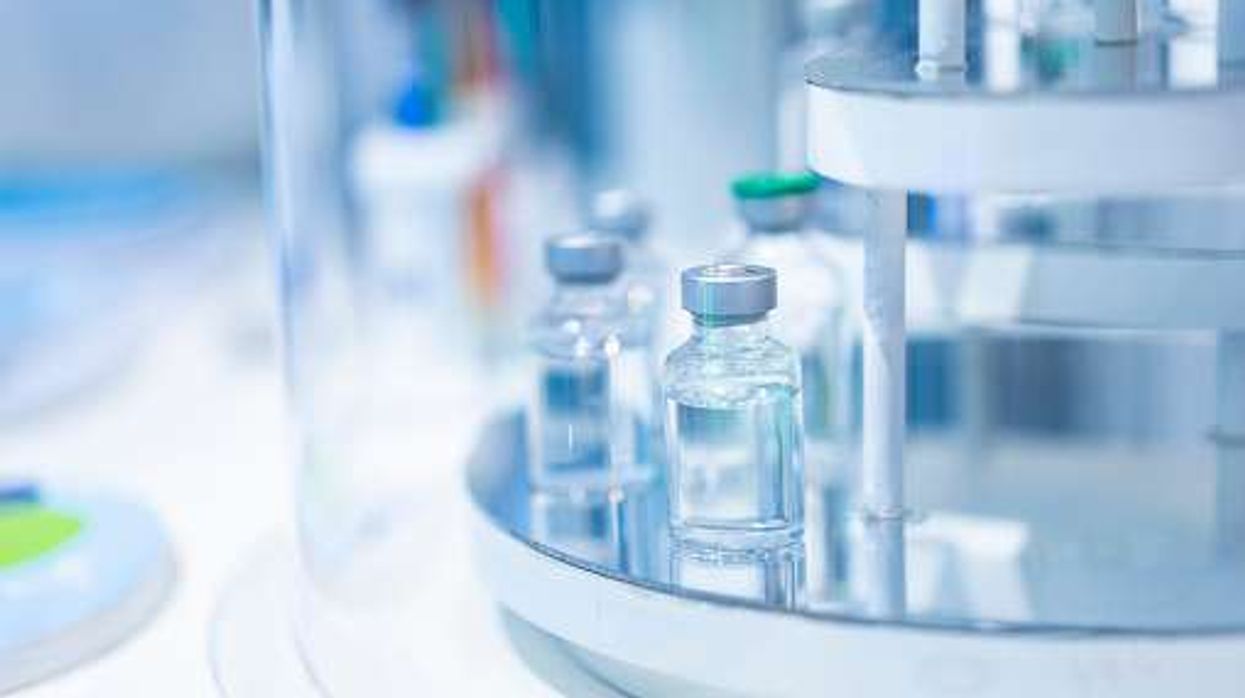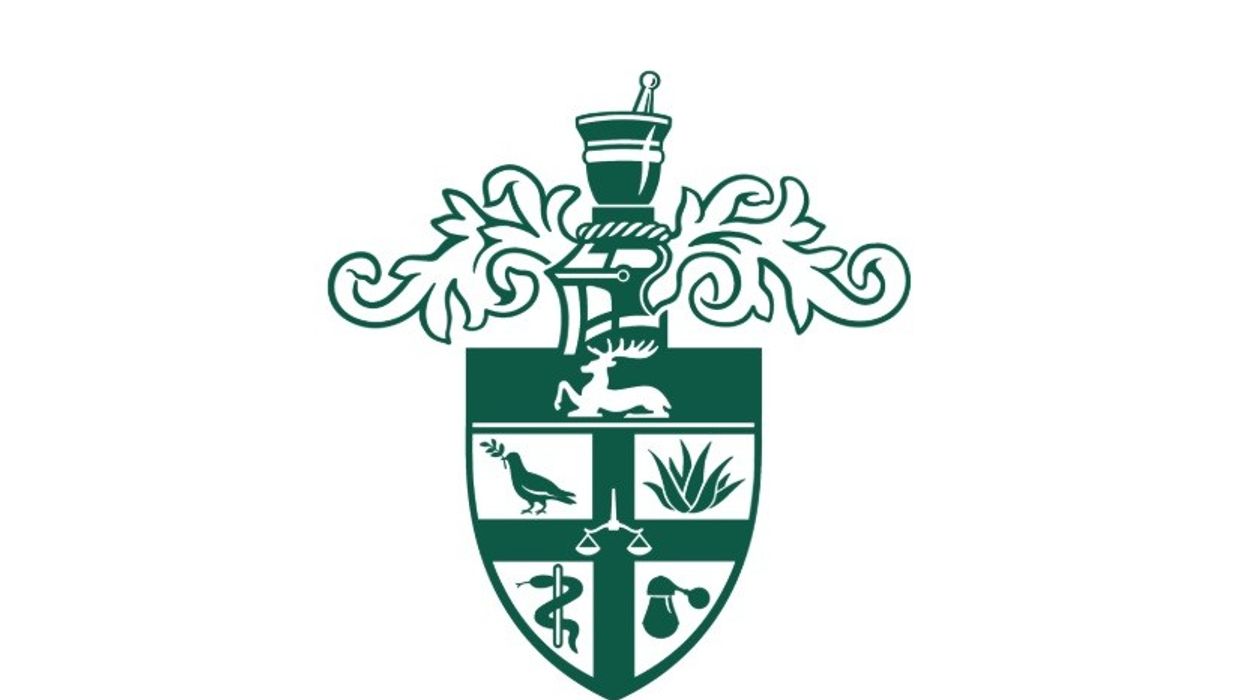India aims to become a top five pharma exporter by expanding into specialty generics, biosimilars and innovative products
India’s pharmaceutical exports are projected to grow from $27 billion (£21.73 billion) in 2023 to $65 billion (£ 52.31 billion) by 2030, with the potential to reach an estimated $350 billion (£281.72 billion) by 2047, according to a new industry report.
Despite being the world’s largest supplier of generic medicines—accounting for one in five generic drugs sold globally—India currently ranks 11th in terms of export value.
However, the report suggests that India could a position among the top five nations in export value by 2047 by innovating and diversifying its export basket to include specialty generics, biosimilars and innovative products.
Titled "Healing the World: Roadmap for Making India a Global Pharma Exports Hub," the report was developed by Bain & Company in collaboration with the Indian Pharmaceutical Alliance (IPA), the Indian Drugs Manufacturers Association (IDMA), and Pharmexcil.
It was officially released on Monday (10) at IDMA’s 63rd Annual Day in Mumbai by the country’s union minister of commerce and industry, Piyush Goyal.
Goyal emphasised that while India has long been regarded as the “pharmacy of the world,” the goal now is to change the narrative to the “healthcare custodian of the world.”
He reaffirmed the government’s commitment to this realising this vision by “fostering innovation, boosting R&D, and ensuring seamless regulatory processes.”
He also highlighted the importance of strengthening collaboration between academia, industry, and government to build a globally competitive sector that “drives growth and contributes to healthcare worldwide.”
Sriram Shrinivasan, Partner at Bain & Company, underscored the need for Indian pharma to transition from “volume-based to value-led growth” to secure its “rightful place in the global market.”
“Innovation, including the shift towards specialty generics, biosimilars, and novel products, will be the key to India’s pharmaceutical future,” he said.
He believes that with the “right focus on quality, regulation, access to global markets, talent, and entrepreneurial innovation”, India can rise to be among the top five pharma exporters globally by 2047.
Furthermore, Shrinivasan noted that India has evolved from a “nascent pharma exporter” to achieving “10x growth” over the past two decades, growing from approximately $3 billion (£2.4 billion) in 2003 to $27 billion (£21.73 billion) in 2023, citing this achievement as “a clear testament to its vast potential.”
Dr. Viranchi Shah, national president at IDMA, highlighted the need for “strategic interventions” for India to become one of the leaders in pharma exports.
“R&D and innovation must be prioritised through collaborations between industry, government, and academia,” he noted.
Key sectors driving India’s pharma exports
The report identified several sectors that are expected to fuel India’s pharmaceutical export growth:
Active Pharmaceutical Ingredients (APIs): India’s API export market, currently valued at $5 billion (£4.02 biilion), is projected to reach up to $90 billion (£72.4 billion) by 2047.
Biosimilars: Indian companies currently hold less than 5 per cent of the global biosimilars market, but with increasing R&D investments and an expanded product pipeline, biosimilar exports are expected to grow from $0.8 billion (£0.6 billion) now to $4.2 billion (£3.3 billion) by 2030, and $30-35 billion (up to £28 billion) by 2047.
Generic formulations: Currently making up 70 per cent of India’s pharma exports at approximately $19 billion (£15.3 billion), generic formulations are projected to expand to $180-190 billion (upto £ 152 billion) by 2047.
Additional growth drivers: Other sectors fuelling this growth include vaccines, innovative pharmaceutical products such as New Chemical Entities (NCEs) and New Biological Entities (NBEs), as well as the Contract Research Organization (CRO) and Contract Development and Manufacturing Organization (CDMO) sectors.
Sudarshan Jain, secretary general of the IPA, highlighted the crucial role of pharmaceutical exports in India’s economy, noting that they currently account for six per cent of the country’s total merchandise exports by value.
Raja Bhanu, Director General of Pharmexcil, emphasised that achieving the 2047 export target will require “bold and strategic investments, smart domestic and foreign trade policy initiatives, regulatory harmonisation, and an ecosystem that fosters innovation and collaboration among stakeholders.”













